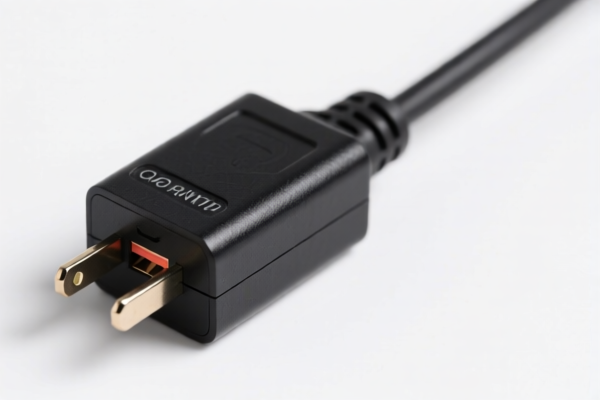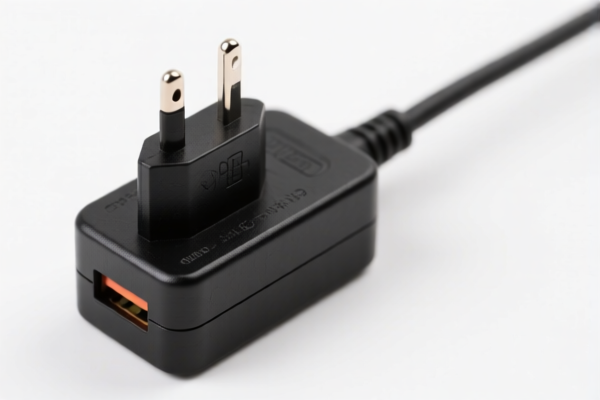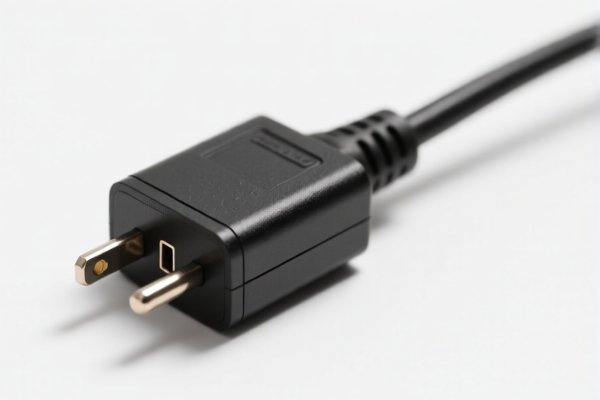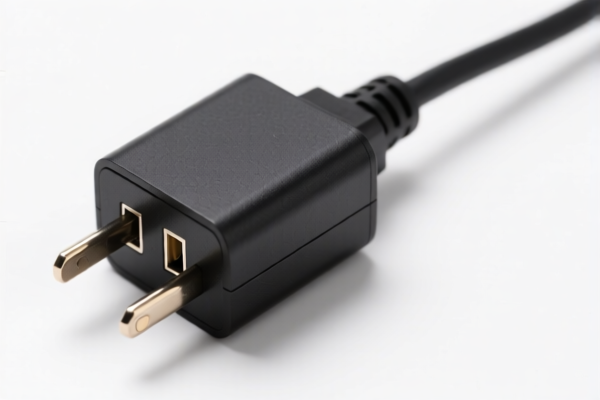| HS Code | Official Doc | Tariff Rate | Origin | Destination | Effective Date |
|---|---|---|---|---|---|
| 8517790000 | Doc | 62.5% | CN | US | 2025-05-12 |
| 8548000000 | Doc | 55.0% | CN | US | 2025-05-12 |
| 3923900080 | Doc | 58.0% | CN | US | 2025-05-12 |




Mobile Phone Adapter
A mobile phone adapter is a connector that enables a mobile phone to interface with other devices or accessories, typically those with different connection types or functionalities. These adapters bridge compatibility gaps, expanding the utility of a mobile phone.
Materials
Adapters are commonly constructed from:
- Plastic: Provides a lightweight and insulating housing. ABS plastic is frequently used.
- Metal: Connectors and internal wiring often utilize metals such as copper (for conductivity), aluminum, and stainless steel (for durability and corrosion resistance). Gold plating is sometimes applied to connector contacts to improve signal transmission and prevent corrosion.
- Silicon/TPU: Used in some adapters for flexible components or protective casings.
Purpose
The primary purposes of mobile phone adapters are:
- Connectivity: Enabling connection to devices lacking native compatibility (e.g., connecting a phone to a traditional headphone jack when the phone lacks one).
- Functionality Expansion: Adding features not built into the phone (e.g., adding an SD card slot for expanded storage).
- Charging: Facilitating charging using different cable types or power sources.
- Data Transfer: Enabling the transfer of data between the phone and other devices.
Function
Adapters function by converting one connection type to another. This can involve:
- Physical Conversion: Changing the shape and pin arrangement of a connector (e.g., USB-C to USB-A).
- Signal Conversion: Translating electrical signals between different protocols (e.g., analog audio to digital audio).
- Power Delivery: Regulating and converting power levels to match the requirements of connected devices.
Usage Scenarios
- Audio: Connecting headphones or speakers with a 3.5mm jack to phones without a headphone jack (using a USB-C to 3.5mm adapter).
- Charging: Using a different charger or cable than the one supplied with the phone.
- Data Transfer: Connecting to computers or external storage devices.
- Photography/Videography: Connecting external microphones, lights, or monitors.
- Gaming: Connecting game controllers or external displays.
- Automotive: Connecting to car audio systems or charging ports.
Common Types
- USB-C Adapters: The most prevalent type, due to the widespread adoption of USB-C ports on modern smartphones. These adapters can convert to USB-A, HDMI, DisplayPort, Ethernet, and more.
- Lightning Adapters: Used with older iPhones and iPads. Common conversions include Lightning to USB-A, Lightning to 3.5mm headphone jack, and Lightning to HDMI.
- Micro-USB Adapters: Found on older Android devices. Adapt to USB-A, HDMI, and other connections.
- 3.5mm to USB Adapters: Used to connect headphones or microphones with a 3.5mm jack to devices with only a USB port.
- HDMI Adapters: Enable connection to external displays or TVs. Often used with USB-C or Lightning ports.
- Ethernet Adapters: Provide a wired network connection, typically via USB-C.
- SD Card Adapters: Allow for expanded storage via SD cards.
- Power Adapters: Facilitate charging using different power sources or cable types.
- OTG (On-The-Go) Adapters: Allow a phone to act as a host for USB devices like flash drives or keyboards. These are commonly USB-C or Micro-USB to USB-A adapters.
Mobile phone adapters fall under several potential classifications based on their function and composition. Here's a breakdown of relevant HS codes based on the provided information:
-
8517.79.00.00: This HS code covers telephone sets, including smartphones, and other telephones for cellular networks or other wireless networks; other apparatus for the transmission or reception of voice, images or other data, including apparatus for communication in a wired or wireless network (such as a local or wide area network), other than transmission or reception apparatus of heading 8443, 8525, 8527 or 8528; parts thereof: Parts: Other. If the adapter is considered a part of a telephone set or communication apparatus, this code applies. The total tax rate is 62.5%, comprised of a 0.0% base tariff and a 7.5% additional tariff, increasing to 30% after April 2, 2025, with a further 25% additional tariff for steel or aluminum products.
-
8548.00.00: This HS code covers electrical parts of machinery or apparatus, not specified or included elsewhere in this chapter. If the adapter functions as an electrical component for machinery or apparatus and isn't specifically covered by other codes, this is applicable. The total tax rate is 55.0%, consisting of a 0.0% base tariff and a 25.0% additional tariff, rising to 30% after April 2, 2025.
-
3923.90.00.80: This HS code covers articles for the conveyance or packing of goods, of plastics; stoppers, lids, caps and other closures, of plastics: Other Other. If the adapter is made of plastic and primarily used for packaging or conveying goods (e.g., a plastic adapter used to hold a phone during charging), this code may be relevant. The total tax rate is 58.0%, with a 3.0% base tariff and a 25.0% additional tariff, increasing to 30% after April 2, 2025.
According to the provided reference material, the HS code options related to 'mobile phone adapter' are limited, with only the following 3 found.
Customer Reviews
No reviews yet.